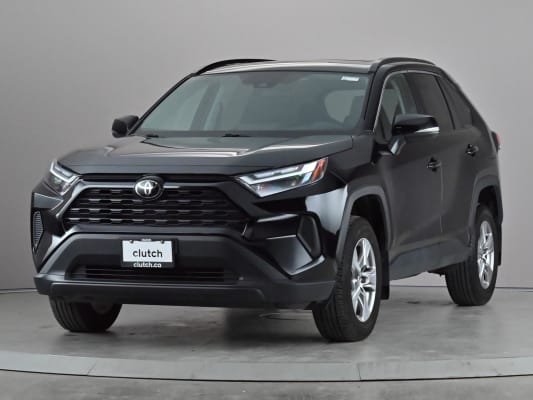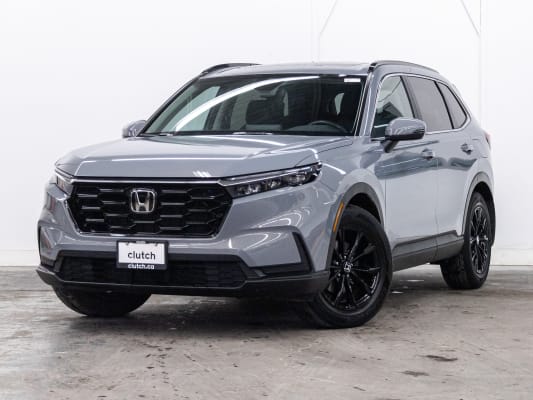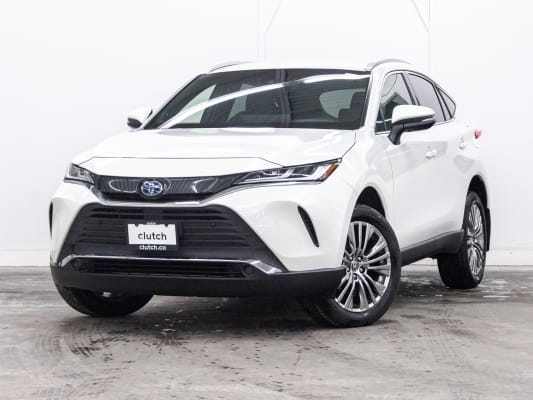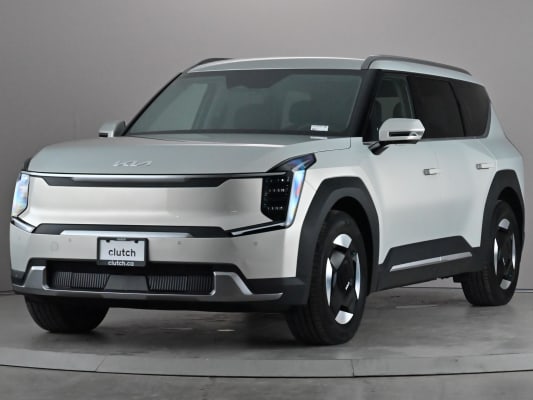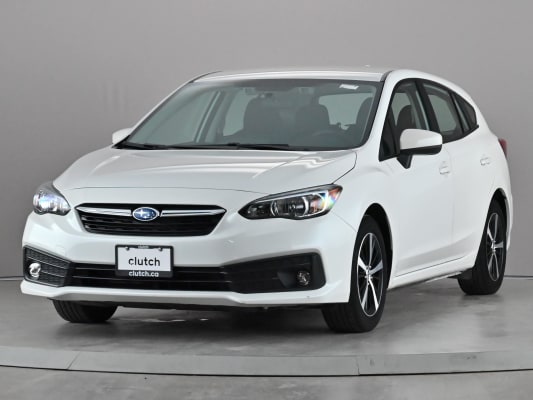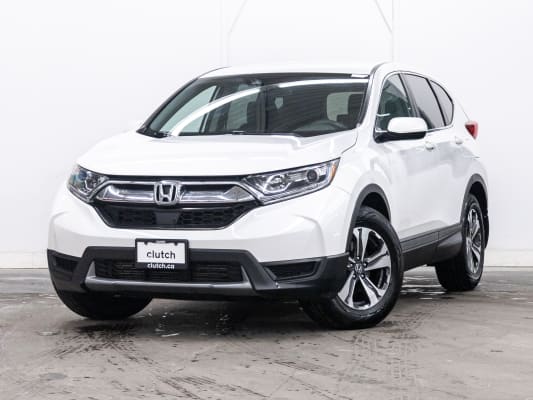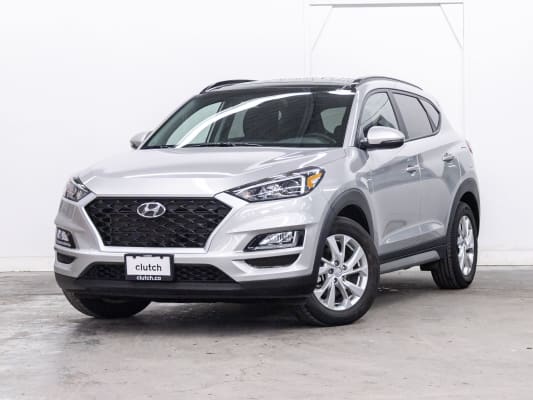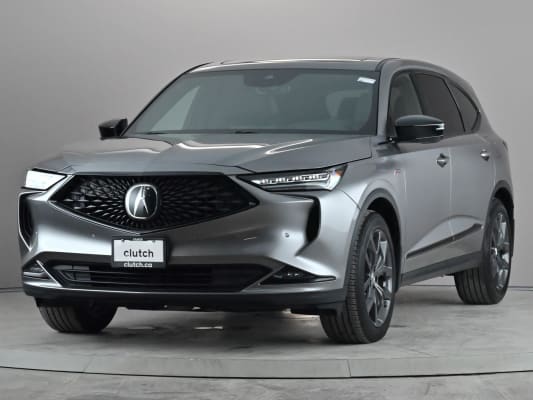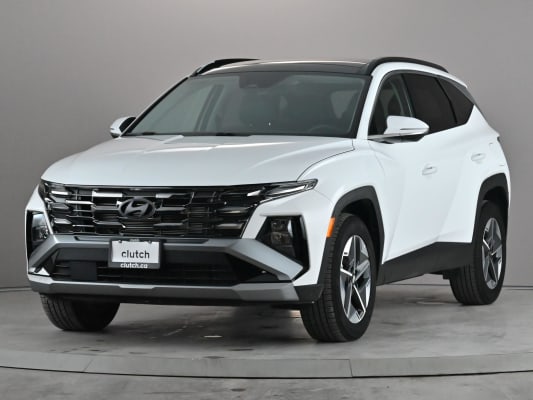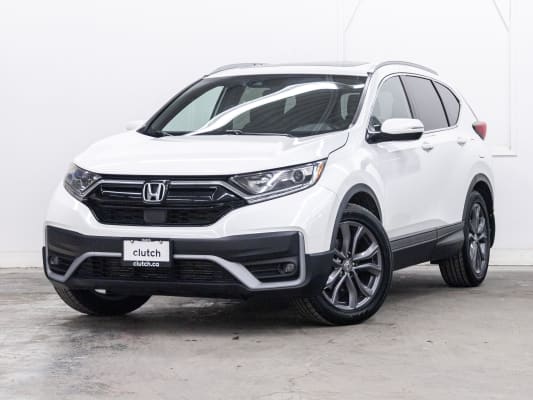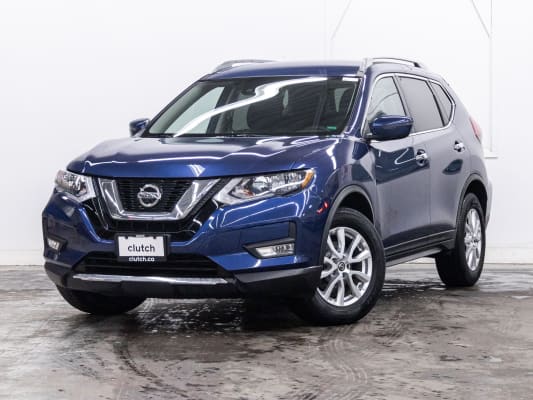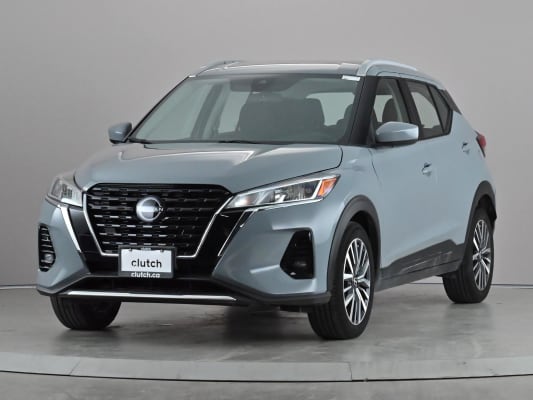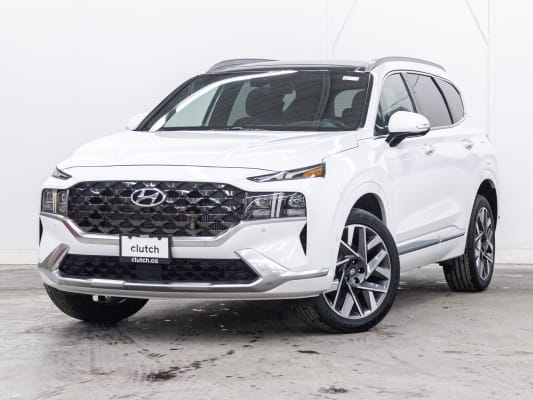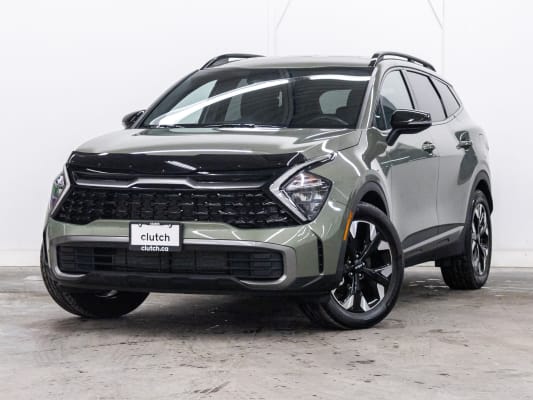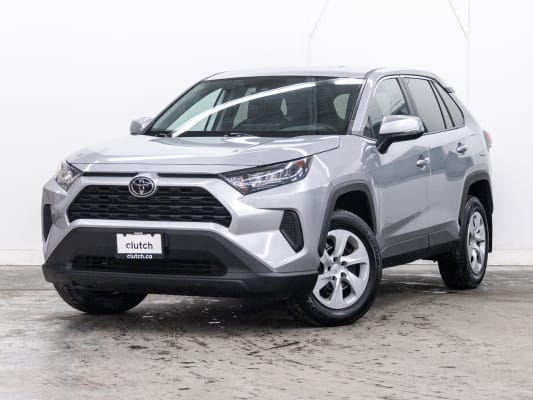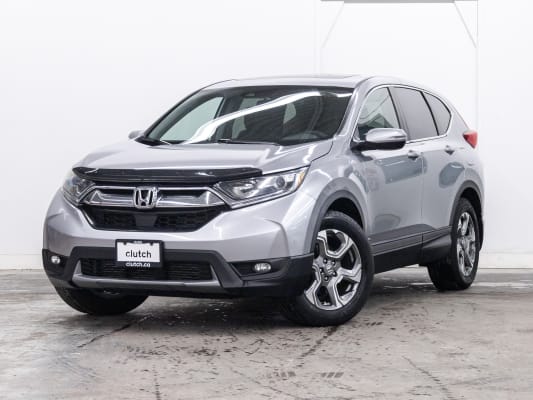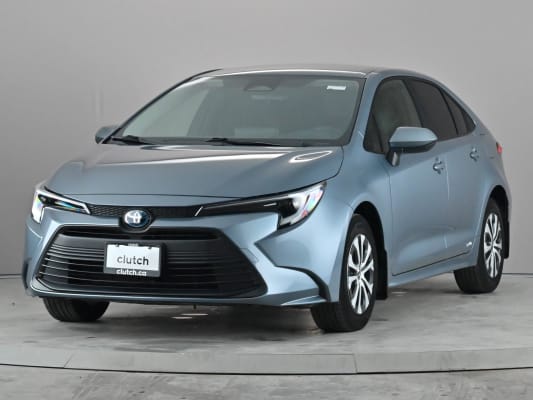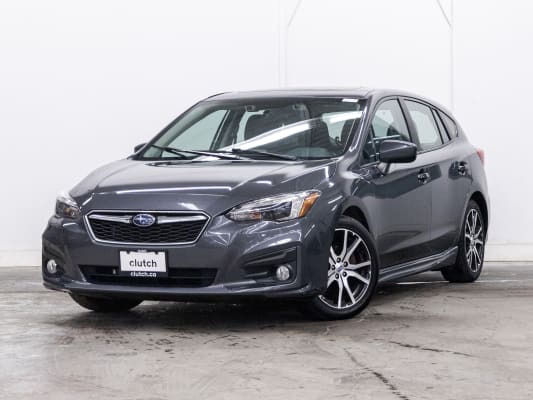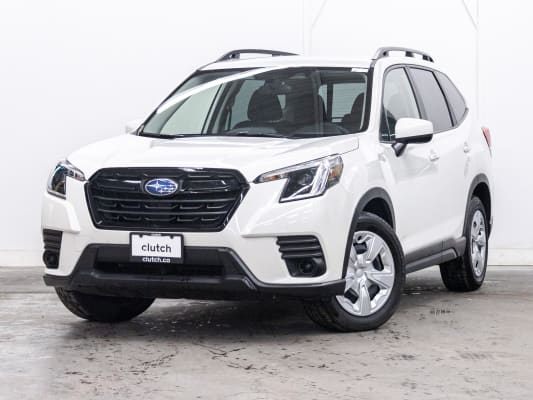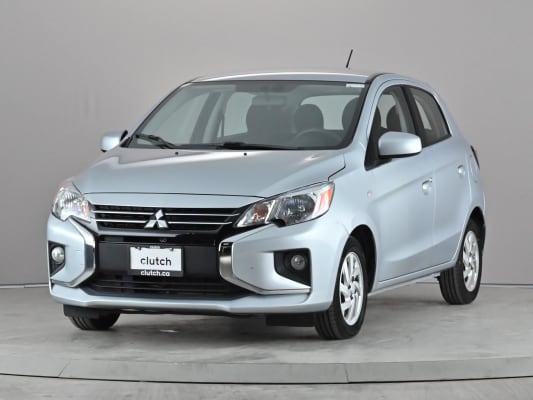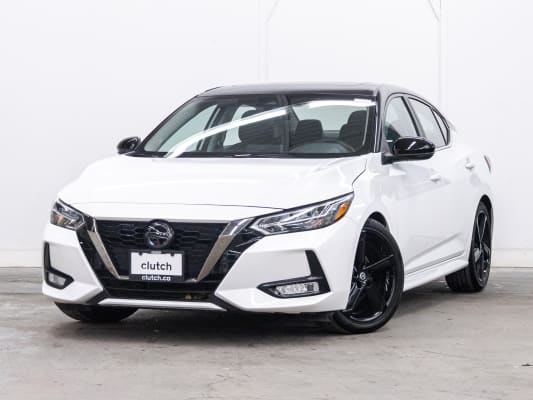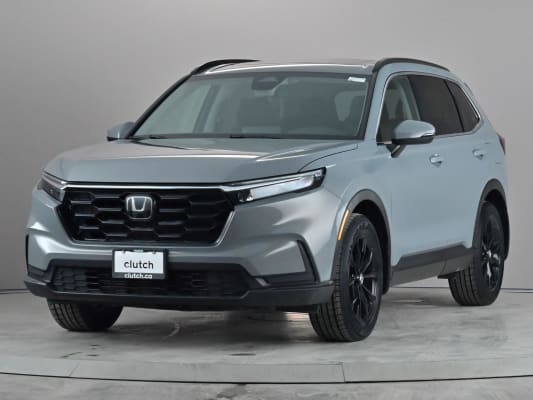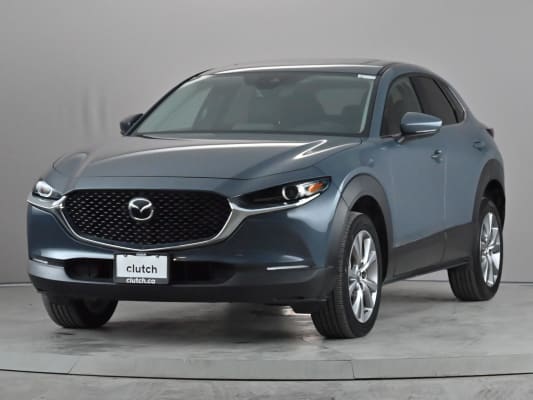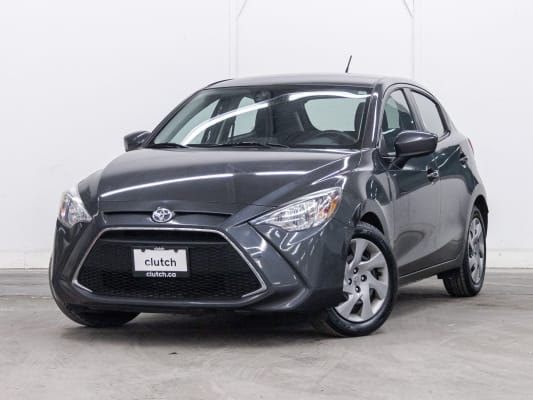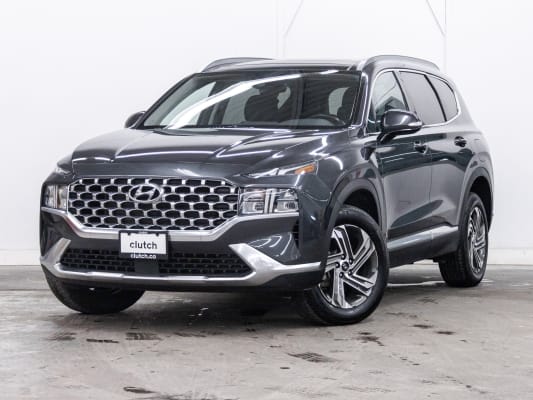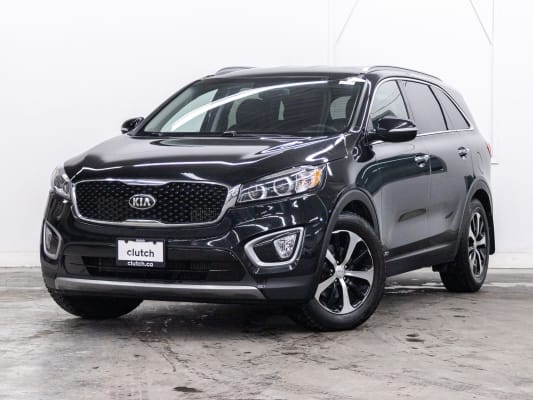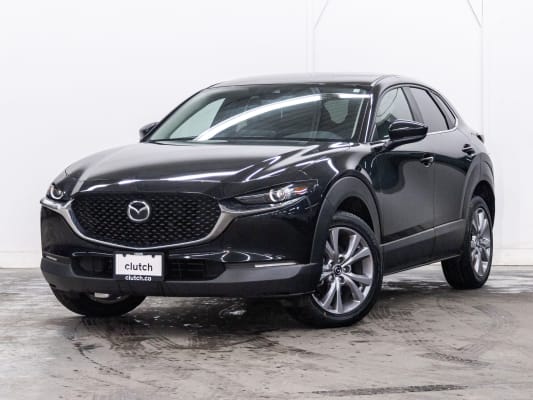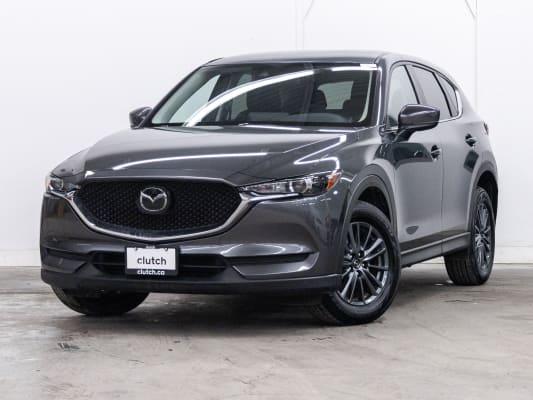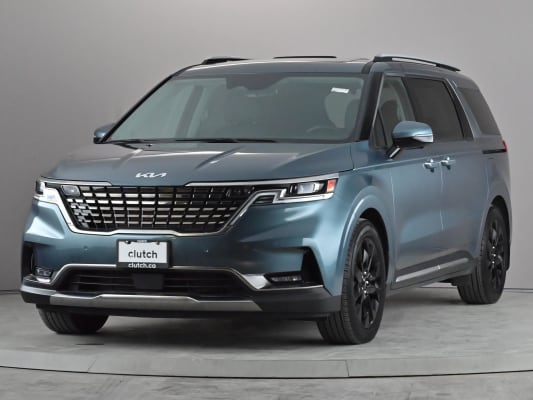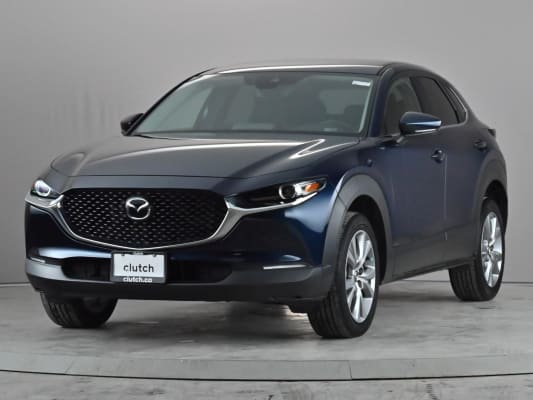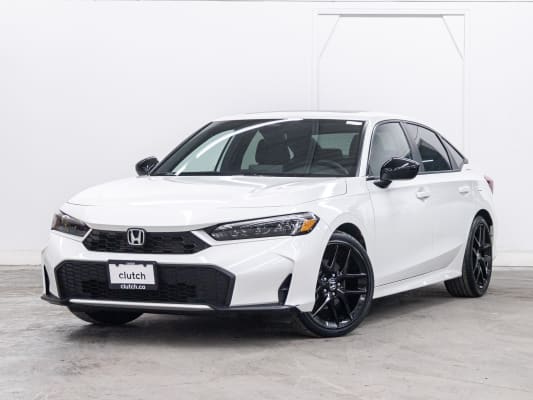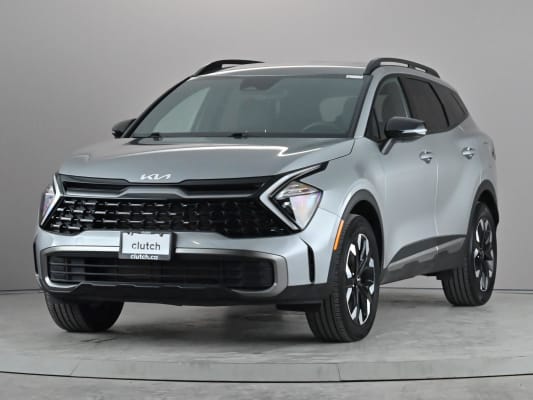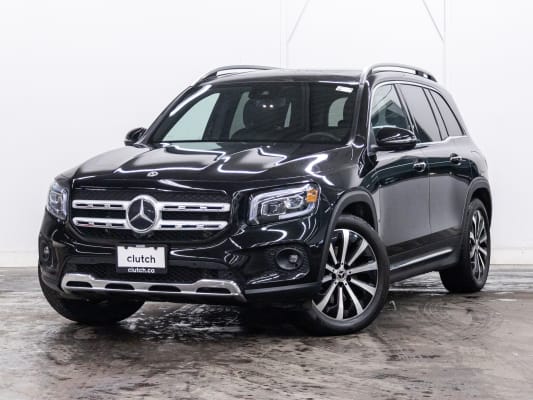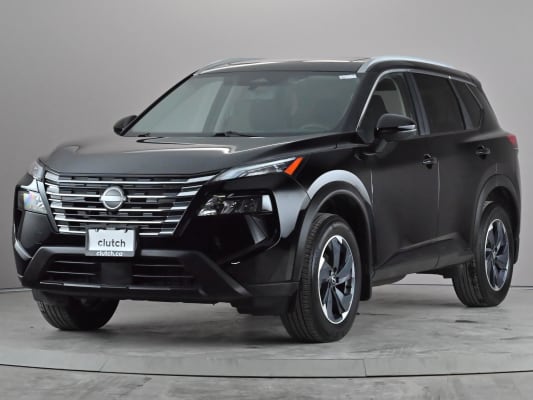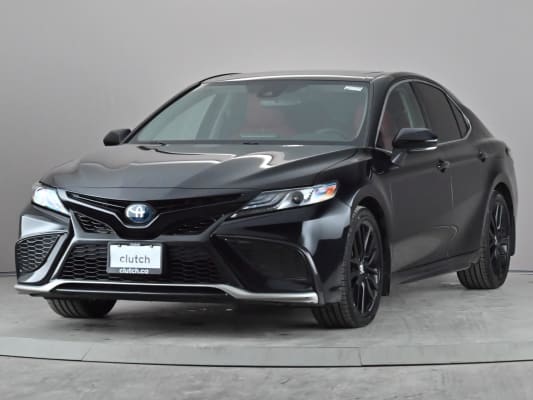The Ford F-150 is Canada’s best-selling vehicle for good reason. With its tough build, powerful engines, and impressive towing capabilities, it’s the go-to choice for contractors, families, and weekend adventurers alike. Whether you’re hauling lumber, towing a trailer, or navigating snowy cottage roads, the F-150 delivers the strength and versatility Canadian drivers count on.
But even the most popular trucks have a few years that don’t quite measure up. Some F-150 model years are known for engine issues, transmission problems, or costly repairs that can lead to frustration and unexpected expenses.
If you’re in the market for a used F-150, it helps to know which model years are more likely to give you trouble. In this guide, we’ll walk through the F-150 years to avoid, break down common problems, share tips on what to inspect, and help you find the best used truck for your needs.
Quick Summary: Ford F-150 Years to Avoid
The Ford F-150 is known for toughness and versatility, but a few model years have earned a reputation for frustrating and expensive problems. If you’re shopping for a used F-150 in Canada, it’s best to be cautious with the following years:
Although not every F-150 from these years is guaranteed to have problems, they are significantly more likely to experience mechanical or safety issues than other model years. In the sections below, we’ll explore each of these years in detail, explain what to watch out for, and share tips to help you avoid costly surprises.
2004-2006 Ford F-150: Engine and Transmission Problems
The 2004 model year marked the beginning of the 11th-generation F-150 with a complete redesign. While these trucks offered bold styling, new suspension upgrades, and a more refined interior, they are among the most problematic F-150s ever made.
One of the biggest concerns is engine reliability—particularly with the 5.4L Triton V8. These engines were known for spark plug design flaws that caused the plugs to seize in the cylinder head or break during removal. In some cases, spark plugs even ejected from the engine under load, damaging the ignition coils and cylinder head. Repairing this often required expensive head work or replacement.
These years also saw high numbers of automatic transmission failures. Drivers frequently reported hard shifting, gear slipping, or complete transmission loss, sometimes under 100,000 km. Transmission repairs or replacements can easily cost several thousand dollars, making this a serious risk.
In addition to powertrain problems, some 2004-2006 F-150s experienced premature corrosion of fuel tank straps and undercarriage components, especially in salt-heavy regions like Ontario, Quebec, and the Maritimes.
Why it matters for Canadian buyers:
- Cold weather worsens ignition problems, especially with faulty spark plug designs
- Rusted tank straps can lead to dangerous fuel tank drops
- Repair costs often outweigh the truck’s value unless problems have already been fixed
If you’re considering a 2004-2006 F-150, verify whether the spark plugs were replaced properly and ask for transmission service history. A full inspection of the frame and fuel tank area is also highly recommended.
2010-2011 Ford F-150: Transmission and Reliability Issues
The 2010 and 2011 F-150s fall within the final years of the 12th generation, which saw a shift toward better refinement and more advanced features. However, these years came with several recurring issues that have made them less appealing on the used market.
Transmission complaints are common in both years, especially regarding harsh or delayed shifting. Some drivers reported jerky gear changes or hesitation when accelerating, which could be linked to faulty shift solenoids or torque converter issues. These problems were especially noticeable in colder climates, making them a bigger concern for Canadian drivers.
Another serious issue involved the rear window. In colder weather, owners of SuperCrew models reported spontaneous rear glass shattering—often without any direct impact. This was typically linked to faulty defrost systems, overheating the window edges.
Oil leaks from the engine oil pan and valve covers were also frequently reported, along with occasional electrical gremlins affecting infotainment and climate controls. While not catastrophic, these issues added up to a less reliable experience overall.
Why these years are risky:
- Transmission issues can affect drivability and long-term durability
- Rear glass failures pose safety risks in winter conditions
- Repeated oil leaks can lead to engine wear if left unchecked
If you're considering a 2010 or 2011 F-150, ask for records of transmission servicing or software updates, check for rear glass replacement, and have a mechanic inspect the engine for signs of oil seepage.
2013 Ford F-150: Brake and Powertrain Problems
The 2013 F-150 is part of the same 12th-generation lineup as the 2010-2012 models but stands out as one of the most complained-about model years based on owner reports and U.S. safety data. While it offered a range of engine options and solid towing capacity, this year was marred by reliability issues—especially related to the brakes and powertrain.
Many owners reported brake problems, particularly with the master cylinder and brake booster. These components were known to fail without warning, sometimes resulting in a sudden loss of braking power. Ford did issue service bulletins, but not every affected truck received permanent fixes.
Powertrain reliability was another weak point. Drivers experienced engine shuddering, loss of power, and drivetrain vibrations. Some of these issues were traced to failing coil packs or internal transmission wear, which led to costly repairs.
The 2013 model also ranks high in owner complaints on platforms like the NHTSA database, with numerous reports of electrical faults, turbo issues in EcoBoost engines, and rough shifting in automatic transmissions.
Why it matters for Canadian shoppers:
- Brake failure risk is serious, especially on icy or wet roads
- Powertrain problems are expensive to diagnose and repair
- Poor reliability reputation makes resale harder down the road
If you’re considering a 2013 F-150, have a mechanic check the brakes thoroughly and run diagnostics on the engine and transmission systems. Make sure the truck has had any outstanding recalls or TSBs addressed.
2015-2016 Ford F-150: Brake and Door Latch Recalls
The 2015 F-150 introduced the 13th generation, featuring a switch to an aluminum body, weight savings, and improved fuel efficiency. While these upgrades were well received, the 2015 and 2016 models also brought a range of new issues that affected reliability and long-term value.
One of the most serious concerns was brake system failure. These years were subject to recalls due to a faulty brake master cylinder that could leak fluid into the brake booster, reducing brake pressure and increasing stopping distances. In worst-case scenarios, drivers experienced a complete loss of front braking ability.
In addition, the 2015-2016 models were impacted by multiple recalls related to faulty door latches. In extreme cold or high humidity, doors could fail to close securely or even open while driving. This made these trucks a particular concern in Canadian climates.
Other common complaints included rough shifting from the newly introduced 6-speed automatic transmission, unexpected stalling, and early wear on electronic throttle bodies.
Why these years are risky:
- Brake failure recalls directly impact driver safety
- Door latch malfunctions are especially dangerous in winter conditions
- Transmission and stalling issues reduce long-term confidence
If you’re looking at a 2015 or 2016 F-150, confirm that all brake and latch recalls were completed with dealership documentation. A thorough road test and pre-purchase inspection are essential to spot any lingering transmission or engine concerns.
Common Ford F-150 Problems to Watch For
While the Ford F-150 has a strong reputation overall, several issues have been reported across different model years. These are the most common problems to keep in mind when shopping for a used F-150 in Canada:
- Cam phaser noise (2004-2010 5.4L Triton): Many trucks with this engine developed a loud ticking or knocking noise from the variable cam timing system, often requiring expensive engine repairs.
- Spark plug failures (2004-2008 5.4L): Poor spark plug design caused plugs to break off during removal or even eject from the cylinder head. Repairs are time-consuming and costly if not caught early.
- Transmission shifting problems (2010-2020): Owners have reported hard shifts, hesitation, or sudden jerks, especially with 6-speed and early 10-speed automatic transmissions. Software updates helped some models, but not all.
- EcoBoost engine misfires (2011-2014): Early 3.5L EcoBoost engines were known to misfire under load or in wet conditions, sometimes tied to condensation buildup in the intercooler.
- Brake system failures (2013, 2015-2016): Faulty master cylinders and boosters in these years could cause reduced braking power or complete front brake failure.
- Corrosion and rust (pre-2011 models): Rocker panels, tailgates, and fuel tank straps were especially prone to rust in provinces with heavy road salt use.
Knowing these issues in advance can help you ask the right questions, avoid hidden repairs, and get the most value from your used truck purchase.
Buying Checklist for a Used Ford F-150 in Canada
Before you commit to a used F-150, take time to inspect the vehicle closely and ask the right questions. Here's what to focus on to avoid surprises down the road:
- Check the engine type: Identify whether it’s a 5.4L Triton V8, 3.5L EcoBoost, 5.0L Coyote V8, or another option. Each has its own known issues and maintenance needs.
- Look for service records: Prioritize trucks with documented maintenance, especially if spark plugs, cam phasers, or timing components were replaced. For EcoBoost models, check for intercooler or ignition coil work.
- Inspect for rust and corrosion: Check rocker panels, tailgate edges, frame rails, and fuel tank straps—especially if the truck spent winters in Ontario, Quebec, or the Maritimes.
- Test the transmission: During your test drive, watch for rough shifting, slipping, or hesitation—especially with 6-speed and 10-speed automatics.
- Confirm recall completion: Ask for proof that recalls (especially for brakes and door latches) were completed through a dealership. Use a CARFAX report to double-check recall and accident history.
- Listen for engine noise: Cam phaser tick or knocking sounds under load could signal major engine work is needed.
A full mechanical inspection and test drive are critical steps—especially with higher-mileage F-150s or those from the more problematic years.
{{inlinecta2}}
How to Shop Smarter for a Used Ford F-150
The Ford F-150 is one of the most trusted pickups in Canada, and most model years deliver the strength and versatility drivers expect. But as with any long-running truck, some years have more problems than others. If you're looking at a 2004-2006, 2010-2011, 2013, or 2015-2016 F-150, you’ll want to proceed with caution.
That doesn’t mean you should avoid those trucks entirely. Many are still on the road today, performing well after hundreds of thousands of kilometres. The key is doing your homework. Ask for service records, check if any recalls were completed, and get a full inspection before you buy. Trucks from “bad” years can still be a good deal—if they’ve been properly looked after.
For more help narrowing down the best options, check out our full guide to the Best Ford F-150 Years to Buy Used in Canada. It breaks down the top picks by generation and helps you compare models with confidence.
Ready to find a tough, reliable F-150 that fits your needs?
Browse Clutch’s used Ford F-150 listings today and enjoy peace of mind with a 10-day money-back guarantee, free CARFAX report, and full inspection on every truck.
{{widget-1}}
FAQs About Ford F-150 Years to Avoid
Which Ford F-150 years should I avoid?
The most problematic Ford F-150 years include 2004–2006, 2010–2011, 2013, and 2015–2016, due to issues ranging from engine failures to transmission problems.
Which Ford F-150 years should I avoid?
The most problematic Ford F-150 years include 2004–2006, 2010–2011, 2013, and 2015–2016, due to issues ranging from engine failures to transmission problems.
Which Ford F-150 years should I avoid?
The most problematic Ford F-150 years include 2004–2006, 2010–2011, 2013, and 2015–2016, due to issues ranging from engine failures to transmission problems.
Which Ford F-150 years should I avoid?
The most problematic Ford F-150 years include 2004–2006, 2010–2011, 2013, and 2015–2016, due to issues ranging from engine failures to transmission problems.
Why are 2004–2006 Ford F-150s considered bad years?
These years had major issues with the 5.4L Triton V8, including spark plug ejection, cam phaser failures, and timing chain problems, leading to costly repairs.
Why are 2004–2006 Ford F-150s considered bad years?
These years had major issues with the 5.4L Triton V8, including spark plug ejection, cam phaser failures, and timing chain problems, leading to costly repairs.
Why are 2004–2006 Ford F-150s considered bad years?
These years had major issues with the 5.4L Triton V8, including spark plug ejection, cam phaser failures, and timing chain problems, leading to costly repairs.
Is the 2013 Ford F-150 reliable?
The 2013 F-150 faced complaints about powertrain failures, brake issues, and a high number of NHTSA complaints, making later years a safer choice.
Is the 2013 Ford F-150 reliable?
The 2013 F-150 faced complaints about powertrain failures, brake issues, and a high number of NHTSA complaints, making later years a safer choice.
Is the 2013 Ford F-150 reliable?
The 2013 F-150 faced complaints about powertrain failures, brake issues, and a high number of NHTSA complaints, making later years a safer choice.
Is the 2013 Ford F-150 reliable?
The 2013 F-150 faced complaints about powertrain failures, brake issues, and a high number of NHTSA complaints, making later years a safer choice.
Do newer Ford F-150s have fewer problems?
Yes. Later models, especially from 2018 onward, benefit from improved powertrain designs and technology updates, but some still have recalls to check before buying.
Do newer Ford F-150s have fewer problems?
Yes. Later models, especially from 2018 onward, benefit from improved powertrain designs and technology updates, but some still have recalls to check before buying.
Do newer Ford F-150s have fewer problems?
Yes. Later models, especially from 2018 onward, benefit from improved powertrain designs and technology updates, but some still have recalls to check before buying.
What’s the most reliable used Ford F-150 year?
The 2014, 2018, and 2020+ F-150 models are often cited as more dependable, with fewer widespread issues compared to earlier problematic years.
What’s the most reliable used Ford F-150 year?
The 2014, 2018, and 2020+ F-150 models are often cited as more dependable, with fewer widespread issues compared to earlier problematic years.
What’s the most reliable used Ford F-150 year?
The 2014, 2018, and 2020+ F-150 models are often cited as more dependable, with fewer widespread issues compared to earlier problematic years.
What’s the most reliable used Ford F-150 year?
The 2014, 2018, and 2020+ F-150 models are often cited as more dependable, with fewer widespread issues compared to earlier problematic years.

.avif)





_Thumbnail%20(1).avif)
-02.png)
.avif)
